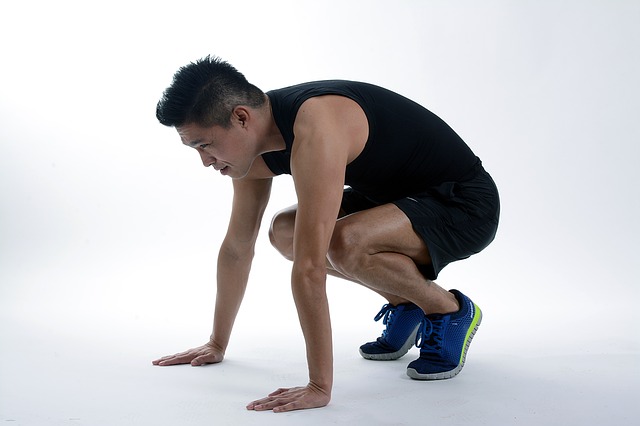Prostatitis and Exercise: Squats Can Make A Big Difference
Date:2022-08-03 click:0
Nowadays, most men sit in the office for a long time and rarely exercise after work. It is a significant factor that induces prostatitis. After returning home, men can do a few more sets of squats.

Prostatitis patients can do squats, and sometimes doing squats is beneficial to the recovery of prostatitis. Because squats can speed up the blood circulation of the lower limbs and pelvic organs, it specifically affects the healing of prostatitis.
Squats are a simple and easy exercise that can be done anytime and anywhere. Adhering to the squat can exercise the thigh muscles to a certain extent and massage the vulva and pelvic floor. It can also accelerate the blood circulation of the prostate, keep the prostate function healthy, improve immunity, and prevent lesions.
Squatting can effectively reduce the pressure on the prostate. After squatting, the body's blood circulation will be faster, which can reduce the congestion and edema of the prostate, effectively improve the pelvic venous blood return, and significantly improve the symptoms of prostatitis. At the same time, squatting is a kind of exercise that can enhance the body's immunity and increase the body's ability to resist diseases.
Squats can also divert the attention of many patients with prostatitis. Many patients with prostatitis are very nervous about mental and neurological factors, and their symptoms will also be significantly improved after diverting their attention. It is recommended to do more squats to treat prostatitis. Especially for chronic prostatitis, the treatment process is relatively long, and more exercise is beneficial for the recovery of the disease.
In addition to squats, there are many other exercises suitable for prostatitis:
1. Walking: Walking is a low-intensity exercise suitable for elderly patients with prostatitis. Walking for 30 minutes or more after meals can promote recovery from prostatitis.
2. Jogging: Jogging for more than half an hour daily can effectively prevent and treat prostate diseases. By jogging, prostatitis patients can regularly contract and relax the pelvic muscles, thereby promoting blood circulation around the prostate, promoting metabolism, and facilitating the recovery of the disease.
3. Mountain climbing: Mountain climbing can effectively exercise the lower body and is a very healthy exercise. Patients with prostatitis choose mountain climbing. A moderate amount of mountain climbing can not only protect the prostate but also strengthen the body and improve the strength of the waist and legs.
4. Swimming: Regular swimming can exercise the whole body. Swimming can accelerate the blood circulation of the human prostate, and water sports can also slow down the damage, which is very beneficial to the recovery of prostate inflammation.
5. Lifting anus exercise: Men can often do anus lifting to accelerate the blood circulation of the buttocks, relax the prostate, and improve the function of the prostate.
6. Sit-ups: Some diseases are caused by poor kidneys, most of which are due to kidney deficiency. These patients have more waist fat, and their waist circumference exceeds the normal standard range. They can usually do more crunches. Reducing the fat in the waist and reducing the burden on the kidneys can relieve kidney deficiency and prevent prostatitis to a certain extent.
The above exercises, such as squats, walking, jogging, mountain climbing, swimming, Lifting anus exercise, and sit-ups, can improve male prostate function, relieve prostate discomfort, and help recover from prostatitis. But these can only be used as an auxiliary method. Take herbal medicine Diuretic and Anti-inflammatory Pill while exercising. You can achieve twice the result with half the effort, eliminating prostate inflammation as soon as possible, restoring health quickly, and avoiding recurrence!
Recommended Readings:



